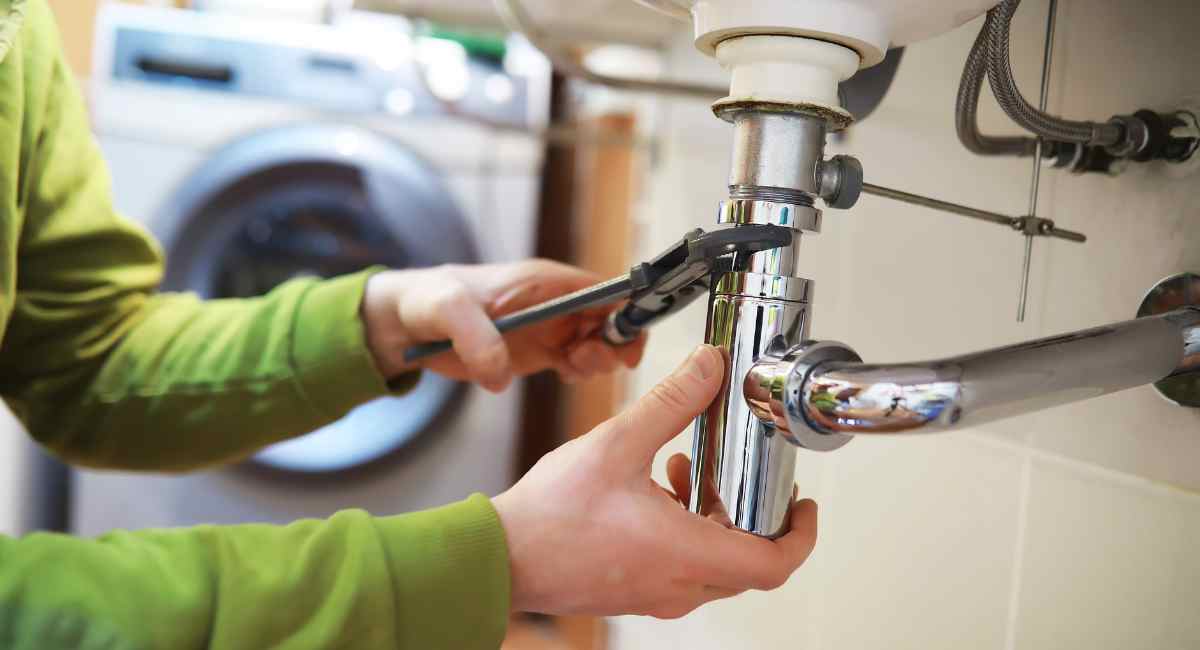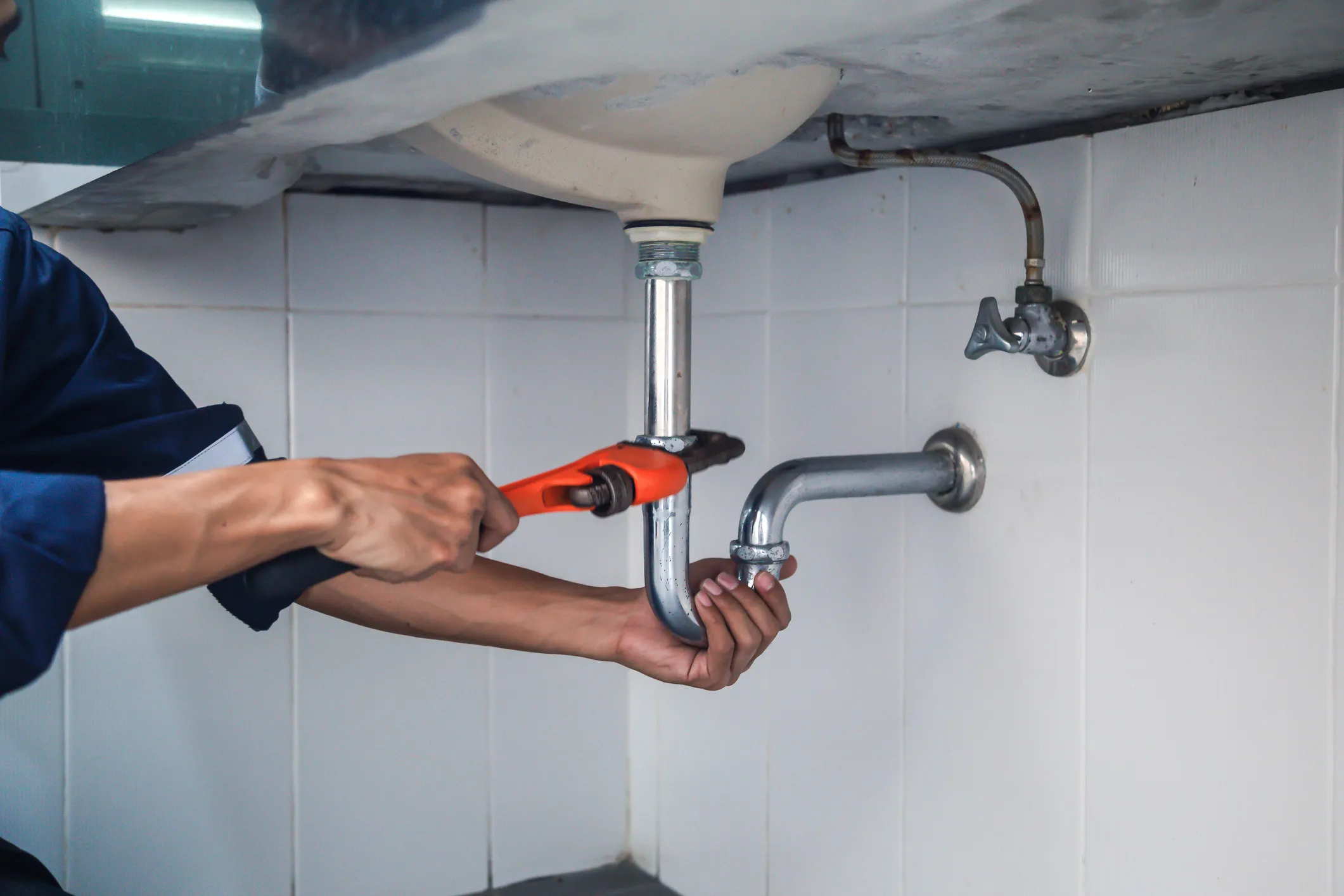When it comes to installing floor drains in a new house, there are several considerations that homeowners and real estate developers should keep in mind. Floor drains play a crucial role in maintaining the hygiene and functionality of a home. They help in preventing water accumulation, which can lead to severe damage over time. Understanding the intricacies of installing these drains can be beneficial in ensuring a smooth construction process.

Why Are Floor Drains Important?
Floor drains are essential in areas prone to water exposure, such as bathrooms, basements, and laundry rooms. They help in swiftly directing water away, reducing the risk of water damage and mold growth. Without proper drainage, water can seep into the foundation, causing long-term structural issues.
Choosing the Right Location
The first step in installing floor drains is selecting the appropriate location. It’s crucial to identify areas that are most likely to experience water exposure. Additionally, considering the slope of the floor is vital to ensure effective drainage.
Bathrooms
In bathrooms, floor drains are typically installed near showers or bathtubs. This placement ensures that any excess water is efficiently drained, keeping the area dry and safe.
Basements
Basements are susceptible to flooding, making floor drains a necessity. Installing drains at the lowest point of the basement can help in managing unexpected water accumulation.
Types of Floor Drains
Several types of floor drains are available, each designed for specific applications. Understanding these types can aid in selecting the most suitable option for your home.
Trench Drains
Trench drains are long and narrow, ideal for areas that require extensive drainage. They are commonly used in garages and driveways.
Point Drains
Point drains are the most common type and are typically installed in the center of a sloped floor. These are perfect for bathrooms and showers.
Installation Process
Once the location and type of drain have been decided, the installation process can begin. It’s crucial to follow a systematic approach to ensure proper functionality.
Preparing the Site
The first step is to prepare the site by marking the area where the drain will be installed. Ensure that the floor is sloped towards the drain to facilitate efficient water flow.
Installing the Drain
Next, the drain is installed by following the manufacturer’s instructions. It’s essential to ensure that the drain is securely set to prevent any leaks.
Connecting to the Plumbing System
After the drain is installed, it needs to be connected to the home’s plumbing system. This step is crucial in ensuring that the water is directed away from the home efficiently.
Ensuring Proper Connections
Carefully connect the drain to the existing plumbing, ensuring that all connections are secure and leak-free. This step might require professional assistance to guarantee accuracy.
Sealing and Testing
Once the connections are made, the drain should be sealed and tested for leaks. Testing involves running water through the drain to ensure that it functions as intended.
Checking for Leaks
Observe the drain for any signs of leaks during testing. If leaks are detected, they should be addressed immediately to prevent future issues.
Maintenance Tips
Regular maintenance of floor drains can prevent blockages and ensure longevity. Here are some tips to keep your drains in optimal condition.
Cleaning the Drains
Periodically clean the drains to remove debris and prevent clogs. This can be done using a mixture of baking soda and vinegar, followed by hot water.
Inspections
Conduct regular inspections to identify any potential issues early on. Look for signs of wear and tear or any unusual odors emanating from the drains.
Benefits of Professional Installation
While installing floor drains can be a DIY project, hiring professionals can offer several advantages. Professionals have the expertise to ensure that the installation is done correctly and efficiently.
For those interested in learning more about plumbing planning when building a new home, there are numerous resources available online.
Conclusion
Installing floor drains in a new house is a critical step in ensuring proper water management and the long-term durability of the home. By carefully considering the location, type, and installation process, homeowners can effectively prevent water damage and maintain a dry, safe living environment.
For more information on related topics, you can visit our articles on water supply lines and dishwasher plumbing.

FAQ
What are the benefits of installing floor drains?
Floor drains help in preventing water damage and mold growth by efficiently directing water away. They are essential in maintaining the hygiene and safety of a home.
How do I choose the right type of floor drain?
Choosing the right floor drain depends on the specific area of use. Trench drains are suitable for larger areas, while point drains are ideal for bathrooms and showers.
Can I install floor drains myself?
While it is possible to install floor drains yourself, hiring a professional can ensure that the installation is done correctly and efficiently, preventing future issues.
This article contains affiliate links. We may earn a commission at no extra cost to you.




